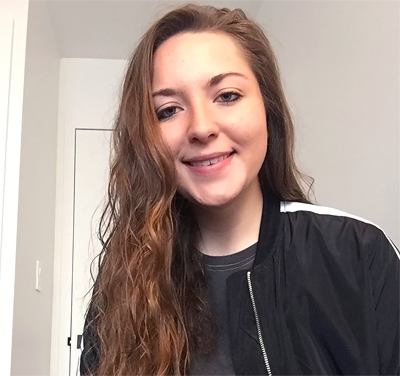As a radio station, it is important to connect with your listeners in other ways outside of your station itself. The more points of contact, the more loyal your listeners will be. This is why utilizing social media and having a website are two very important parts of being a station owner. And, this is why having a newsletter for your station is also a good idea. Of course, you never want to overload your listeners with too much contact. However, sending out a monthly or even weekly newsletter could be an incredibly reasonable amount of contact and a helpful tool for you to foster the relationship, connect with your listeners, and just let them know what's up.
How do I send out a newsletter?
There are many different email newsletter tools, but some of the best affordable options include: Mailchimp, ActiveCampaign, Benchmark, Mailjet, and Campaign Monitor.
What should my newsletter contain?
- Station news: This is the number one thing that should be in your newsletter. Station news includes your schedule, any upcoming special programming, changes on your station, and so forth. You always want to keep your listeners in the know about your station, and this is the perfect opportunity to do so.
- Station promotion: Your newsletter should always contain your station link, website link, social media links, donations link if applicable, and any other links to places where they can find you online.
- Website content: If you have a website where you share content, whether that be original content or repurposed radio content, a newsletter is a great place to share said content.
- News: Even if you don't have a radio website, you might take this time to share some content, such as relevant news.
- Music news: You can share news related to the genre(s) and/or artist(s) your station plays.
- Local news: If you're a "local" station, as in you program local artists, share local news, or simply cater to a specific geographic location, you might consider sharing some local news in your newsletter.
- Industry news or information: Specifically if your station contains talk programming, you might want to share news on the industry or topics you talk about on your station. And, if you are an expert on anything, this could be a great opportunity to further establish and share your expertise.
- Relevant events: If you're attending any events or there are any relevant events coming up, you may want to share them in your newsletter.
- Contests: If you run any contests, such as giveaways, on your station, a newsletter is an incredible place to promote them.
- Misc. content: The content of your newsletter is honestly totally up to you. Station news and promotion are really the only 2 categories that are a must, but other than that, the content is up to your discretion, so be creative and share what you would like! Some other examples of content you could share are:
- Team member features: You might consider sharing some information about yourself or someone else on your team to strengthen the bond between your station and your listeners.
- Top 10 music lists: Rank your favorite artists' music, performances, and so forth. These lists are just a fun and quick read that could make for some engaging content.
- Concert reviews: If you attended a concert recently, writing a review on it could be informative and interesting content for your listeners.
- Music reviews: When new music comes out, whether that be a single, EP, or album, you might find it enjoyable to write a review on music that your audience would be interested in as well.
- Station reviews: To encourage comments and reviews as well as to show appreciation, consider sharing some comments and reviews you've received via email or on social media.
Quick Newsletter Tips:
- When asking listeners to subscribe to your newsletter, be sure to set the expectations for it. This means letting them know how often to expect it as well as what to expect.
- Meet the expectations you've set and be consistent. Deliver on what you tell listeners and keep your newsletters on a regular schedule.
- Keep newsletters informative, but brief. Don't include tons and tons of content and overwhelm your subscribers - just include the best of the best.
- Don't forget your call to action. What do you really want subscribers to do after opening your email? Tune in? Visit a certain link? Write a review? Follow you on social media? Whatever it is, make that very clear.
With all that said, now you're well-equipped to create your own newsletter for your radio station. So, go ahead and get started on your first campaign! While it may seem like a big or complicated task to create a newsletter, you'll find that with the right email newsletter tool and a little bit of brainstorming, you'll get in the swing of things and be delivering an engaging and valuable newsletter in no time!
See how many stations have joined the Radio Revolution at https://live365.com/listen. Keep up with the latest news by following us on Facebook (Live365 Official and Live365 Broadcasting) and Twitter (@Live365 and @Broadcaster365)!
Article Image: fauxels via Pexels.

